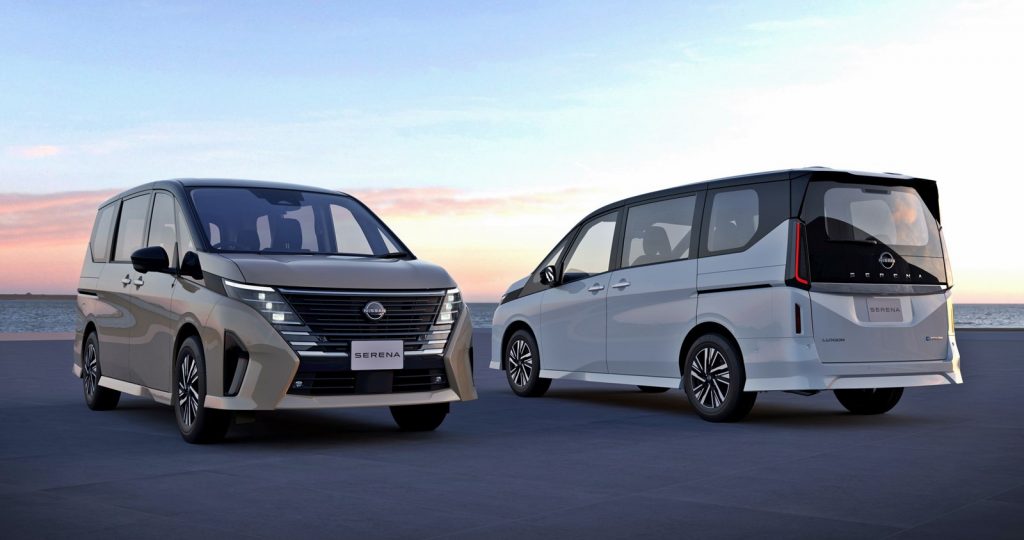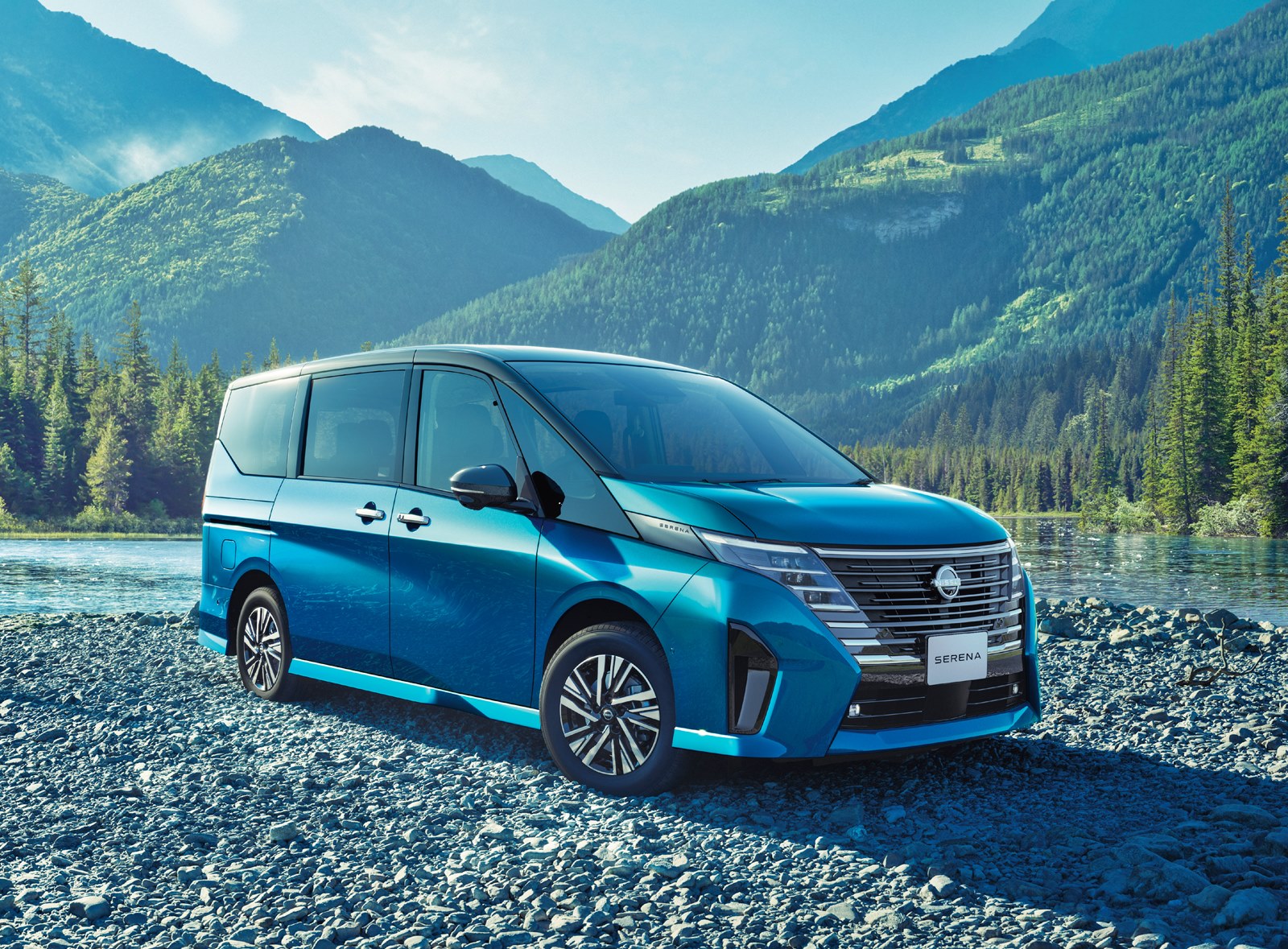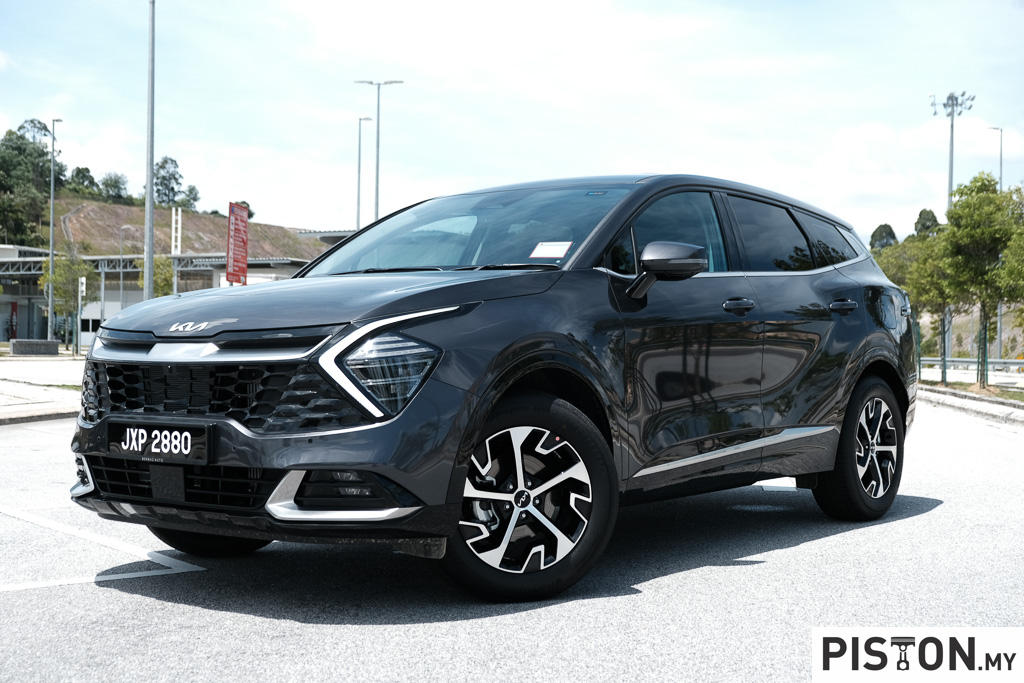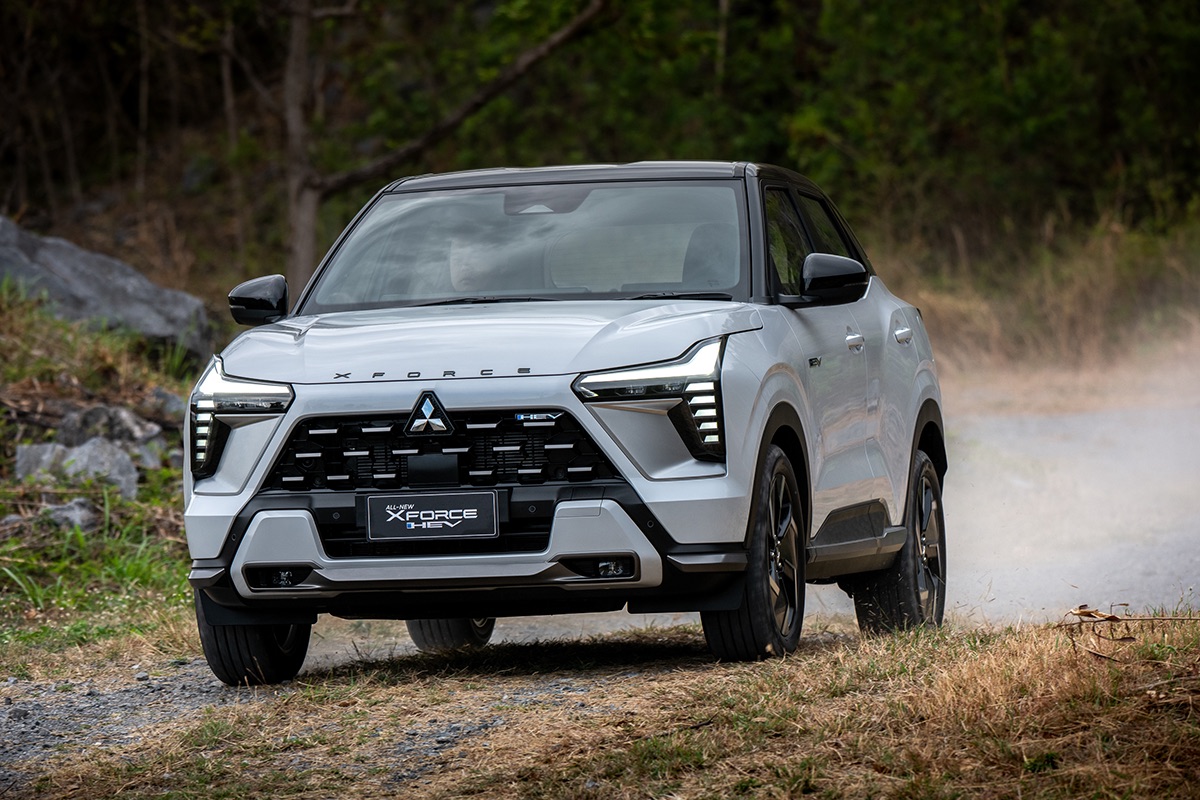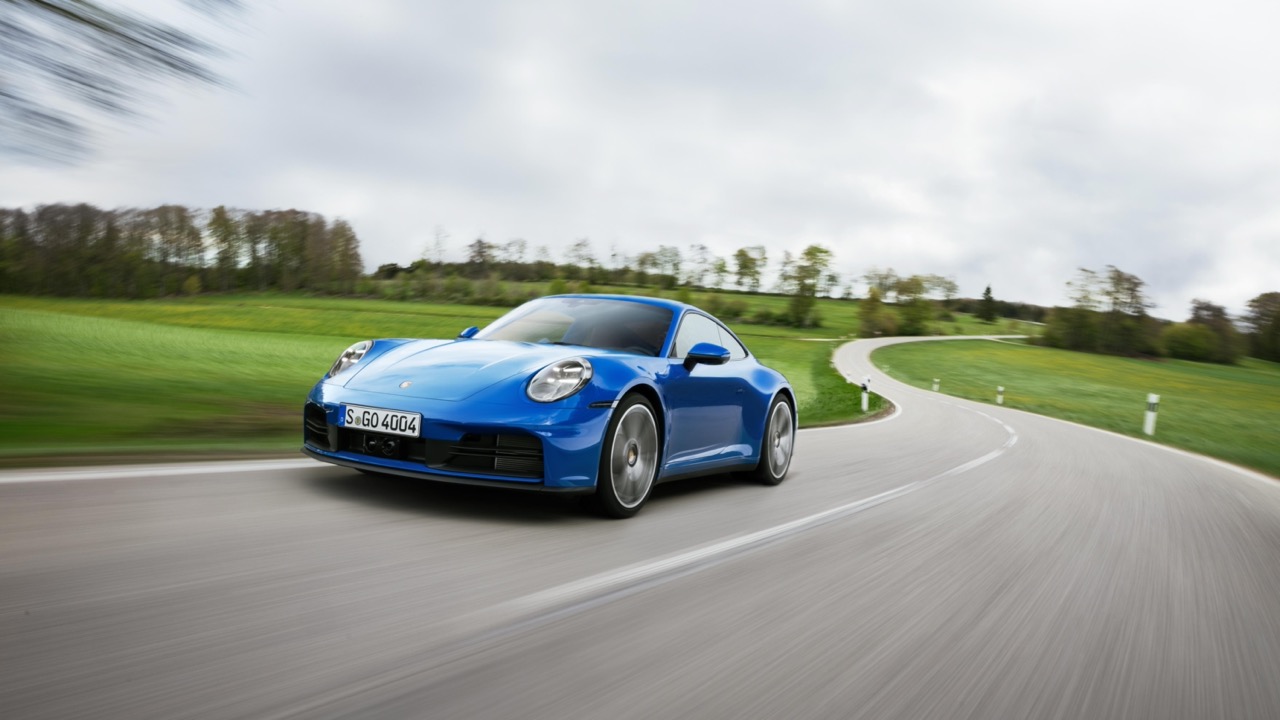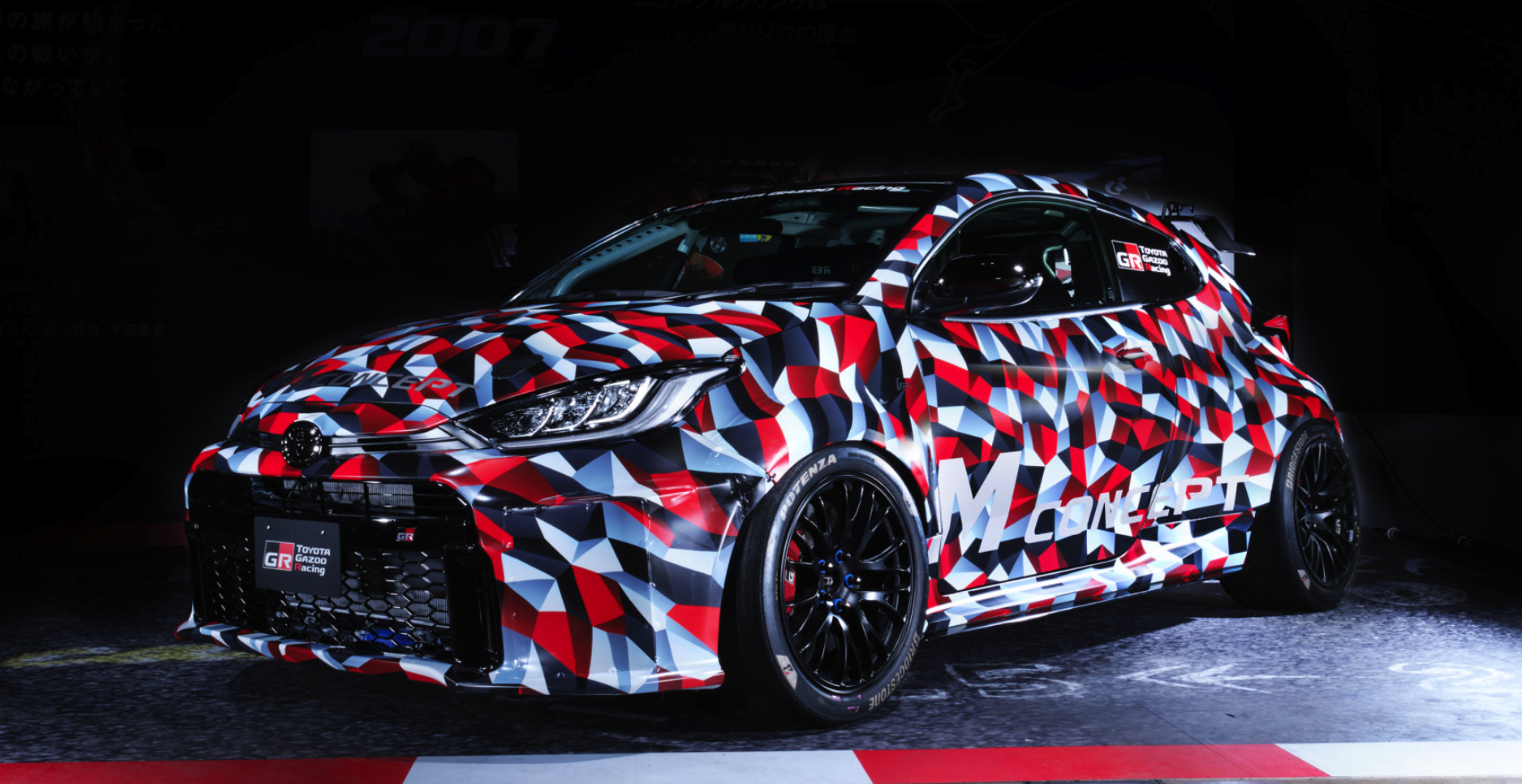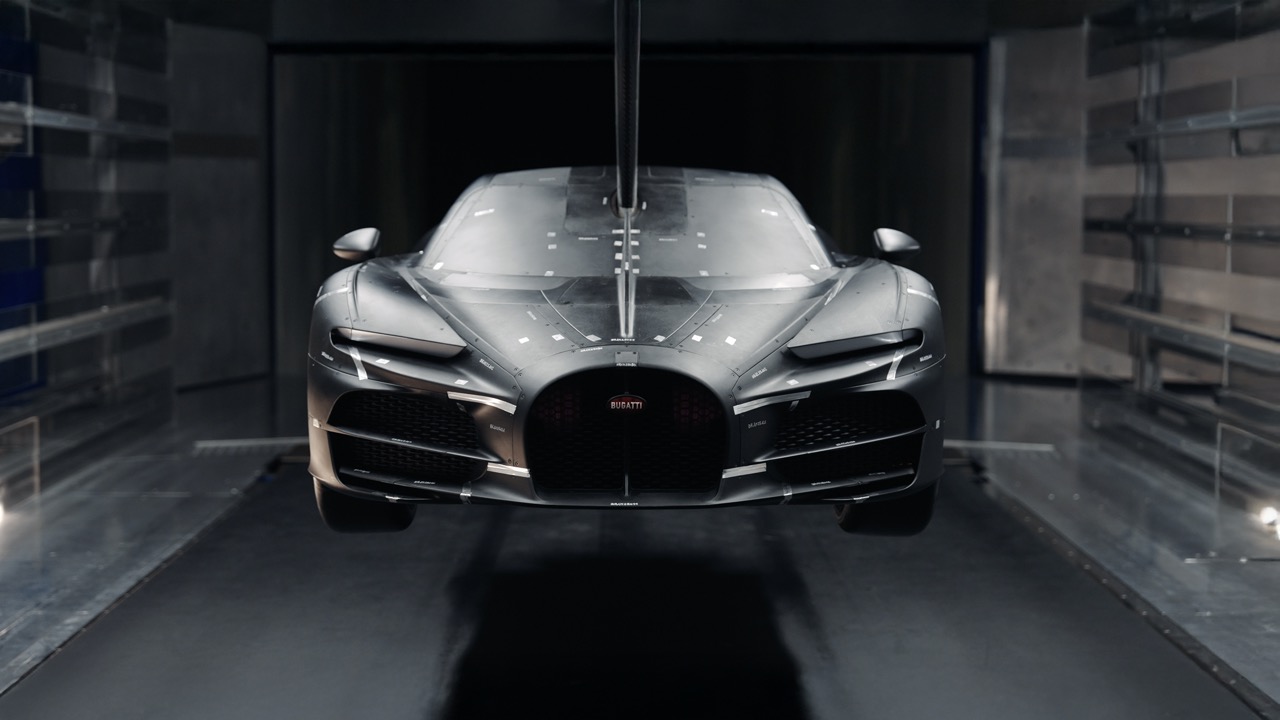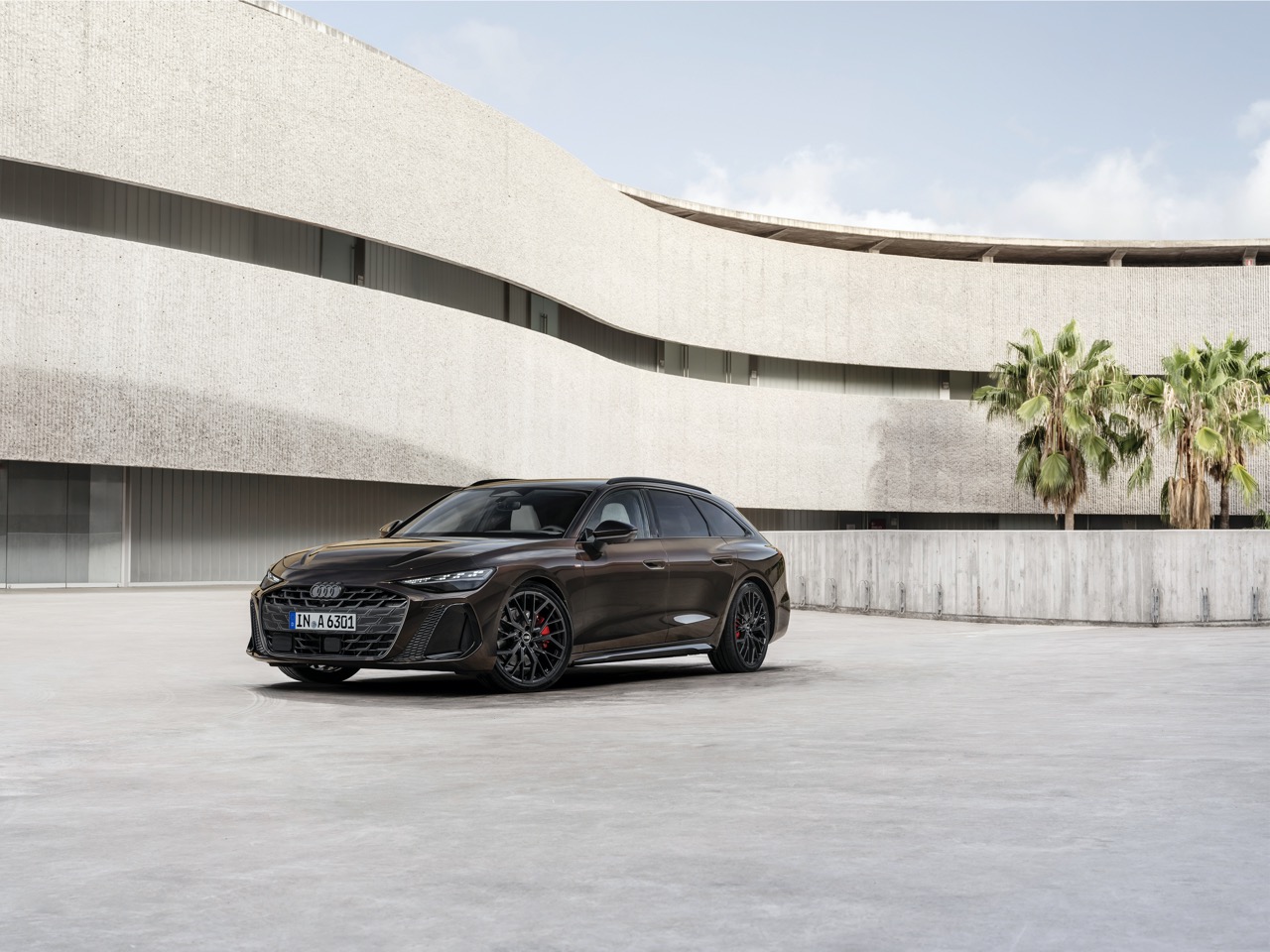Since being launched in 1991, the Nissan Serena has had a varied model cycle through 5 generations, as long as 8 years (first generation) and as short as 5 years (third generation). Nevertheless, it has been a popular MPV in Japan because of its family-friendly design which has evolved with the changing needs of customers.
The sixth generation (C28) launched recently continues with this successful formula while offering new powertrain technologies and safety systems. Though having some visual similarities to the C27 generation, the new Serena has revamped styling, while maintaining roughly the same footprint. It also has the widest windscreen in the MPV category (1.2 – 2.0 litre class with 7/8-seats).
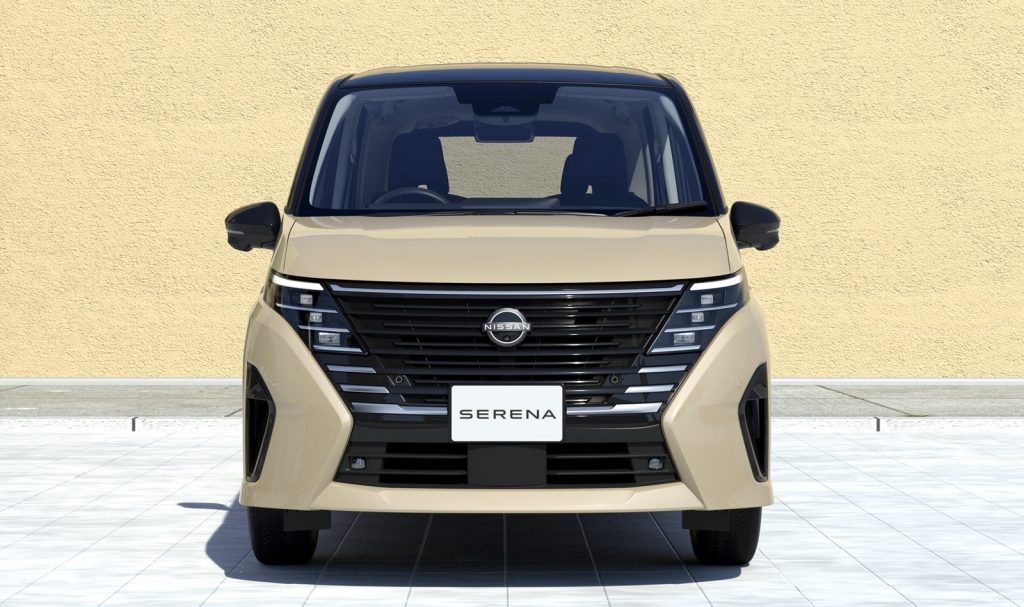
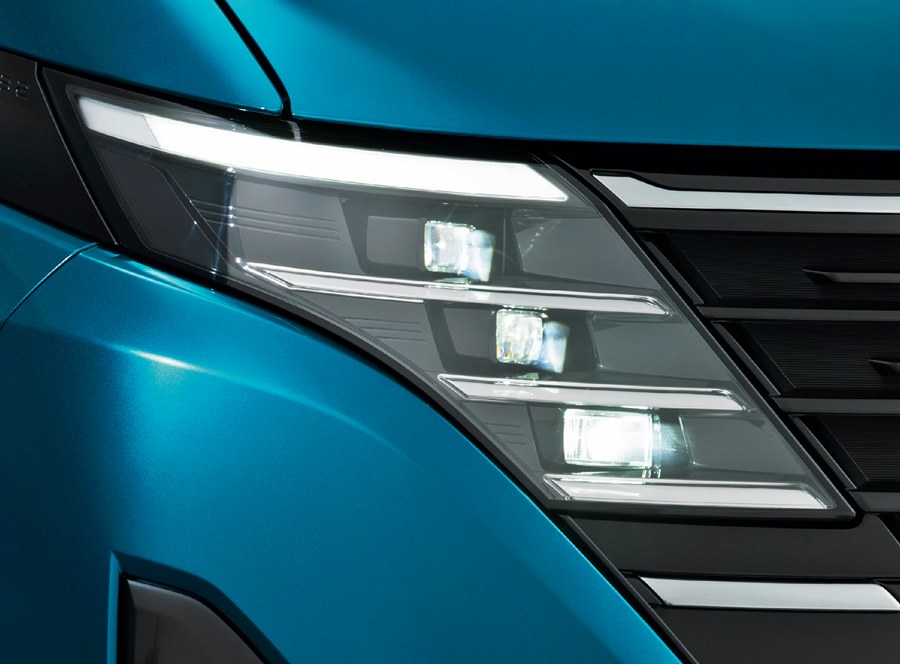
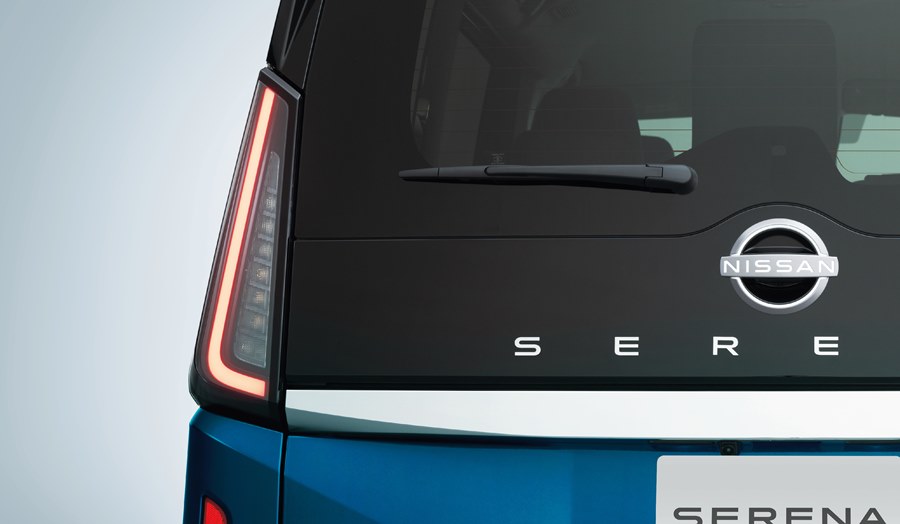
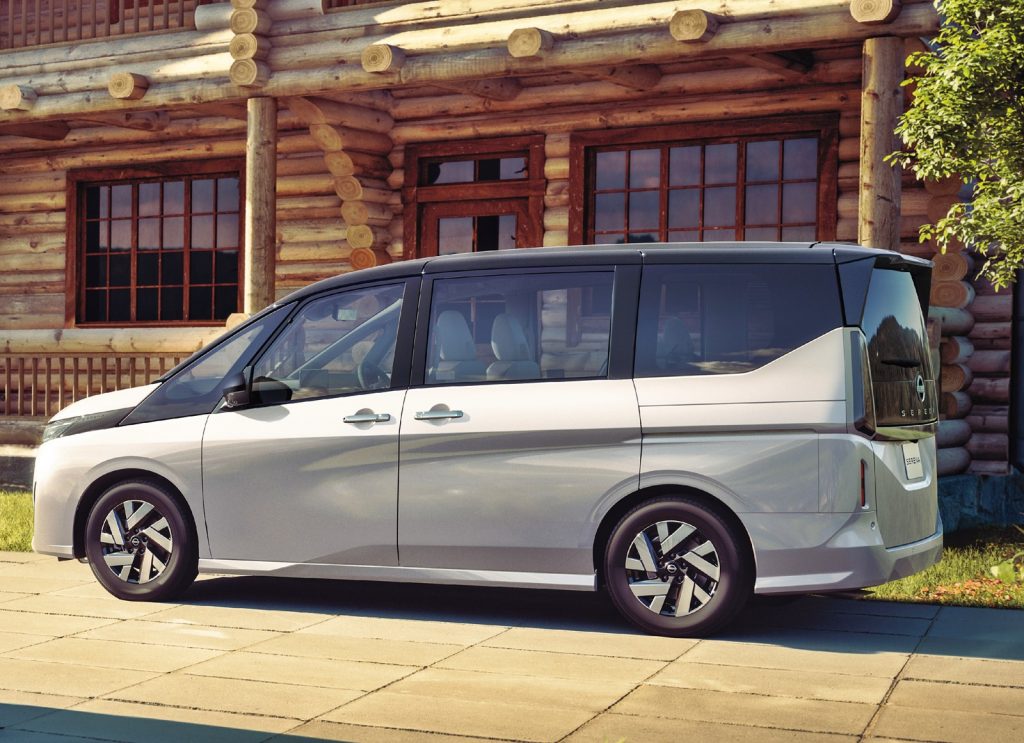
Customers continue to have a choice of two powertrains – the MR20DD 4-cylinder 2-litre engine (150 ps/200 Nm), and a newly-developed 1.4-litre 3-cylinder engine with Nissan’s e-Power series-hybrid system. The engine produces 98 ps/123 Nm and works with an electric motor which generates 163 ps/315 Nm and serves as the primary propulsion unit.
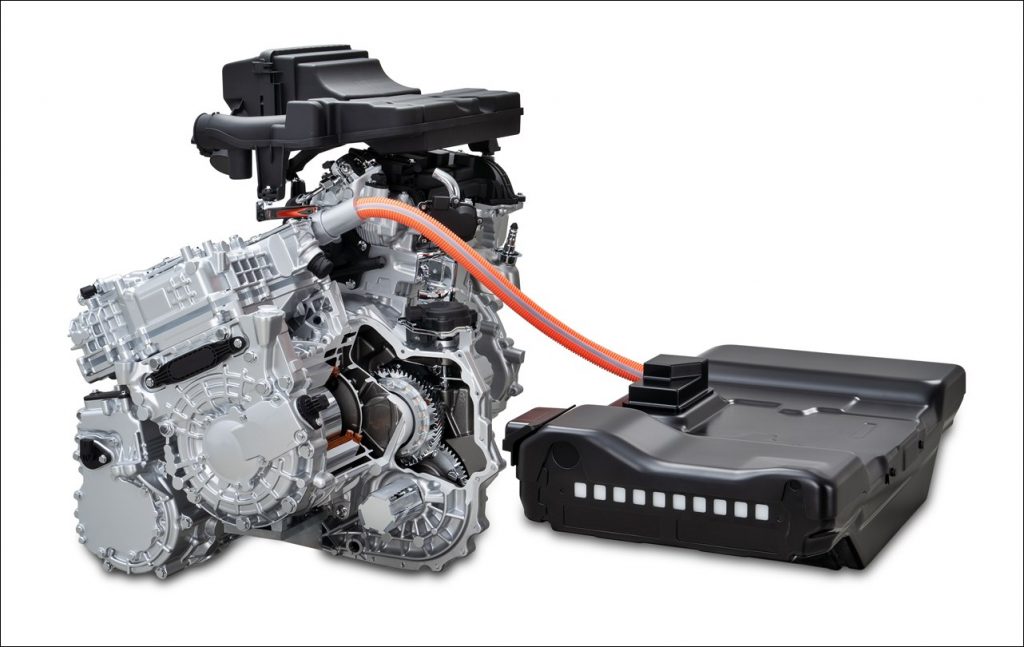
The Serena also has an energy management technology which Nissan says is a world-first. This technology controls when the engine turns on and off in accordance with vehicle speed, traffic conditions and the navigation system. By reducing engine operation, the cabin will be quieter, enhancing comfort. As with other Nissan e-Power models, there is e-Pedal Step which allows the driver to control vehicle speed by just using the accelerator.
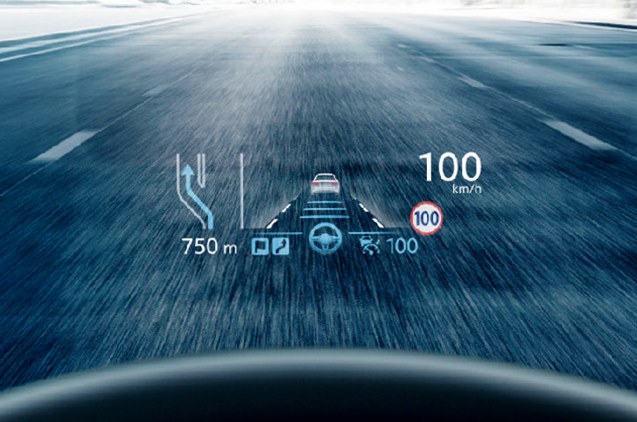
A more advanced driver assistance system (ADAS) is available in the more expensive versions of the new Serena. This is ProPILOT 2.0 which can provide a degree of autonomous motoring by enabling hands-off driving. The first time such a system has been offered in a MPV in the Japanese market, the hands-off feature can be used only in a single lane on a highway at speeds of 40 km/h or above. This will help to reduce fatigue on longer journeys.
Nissan has also made PROPilot driver assistance technology standard across the range (for models sold in Japan). ProPILOT Park with memory is also introduced for the first time in a Nissan model, recording and recognizing parking space lines to make assisted parking easier.
The top version also has ProPILOT Remote Park which allows the driver to manage parking even from the outside of the vehicle (by using remote control with the Intelligent Key). This is obviously great when parking in tight spaces where it is difficult to open the doors.

Another new safety feature, also a Nissan first, is steering assist with forward collision avoidance. This is a more advanced system that complements autonomous braking if a collision is imminent and the driver has not taken avoiding action. When the system detects the risk of collision with an obstacle in front cannot be avoided by braking only, it determines a direction without an obstacle (an escape zone) and automatically steers the vehicle to help avoid a collision.
The autonomous systems in the Serena rely on sensors and the camera installed on the vehicle. Data and imagery supplied in real-time is sent to a high-performance computer which analyses conditions such the number of vehicles ahead, their path of travel as well as their speed and distance. In the event of a dangerous situation that can cause a collision, signals will be sent to the various systems for braking or steering, besides also alerting the driver.
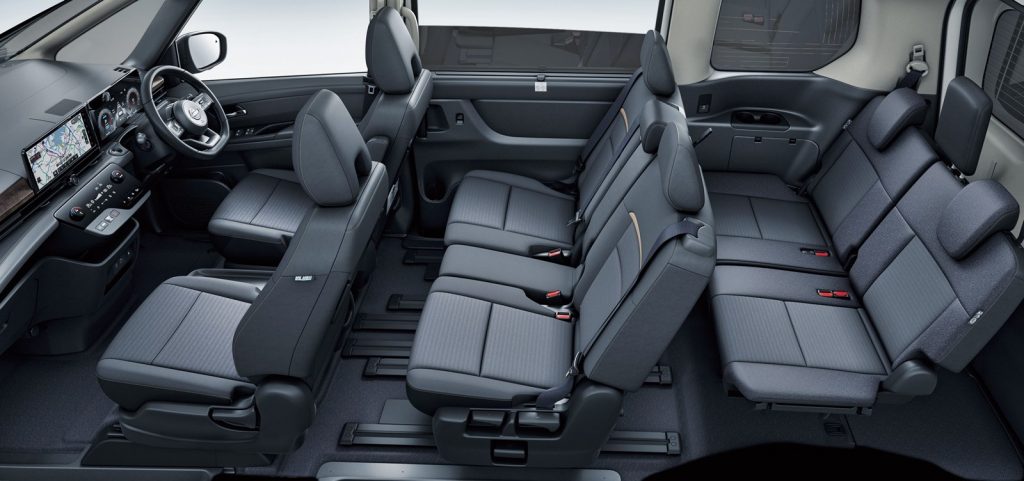
A science-based approach has been used to reduce motion-sickness for occupants who may have the problem when travelling. The design and packaging approaches taken include having a wide, open view from within, optimal display monitor positioning as well as an all-new seat design that dampens occupant movement. The steering wheel is also highly rigid while the vehicle’s structure is more resistant to crosswinds so it does not shake much at high speeds. The suspension settings also give tighter but smoother vehicle body movement.
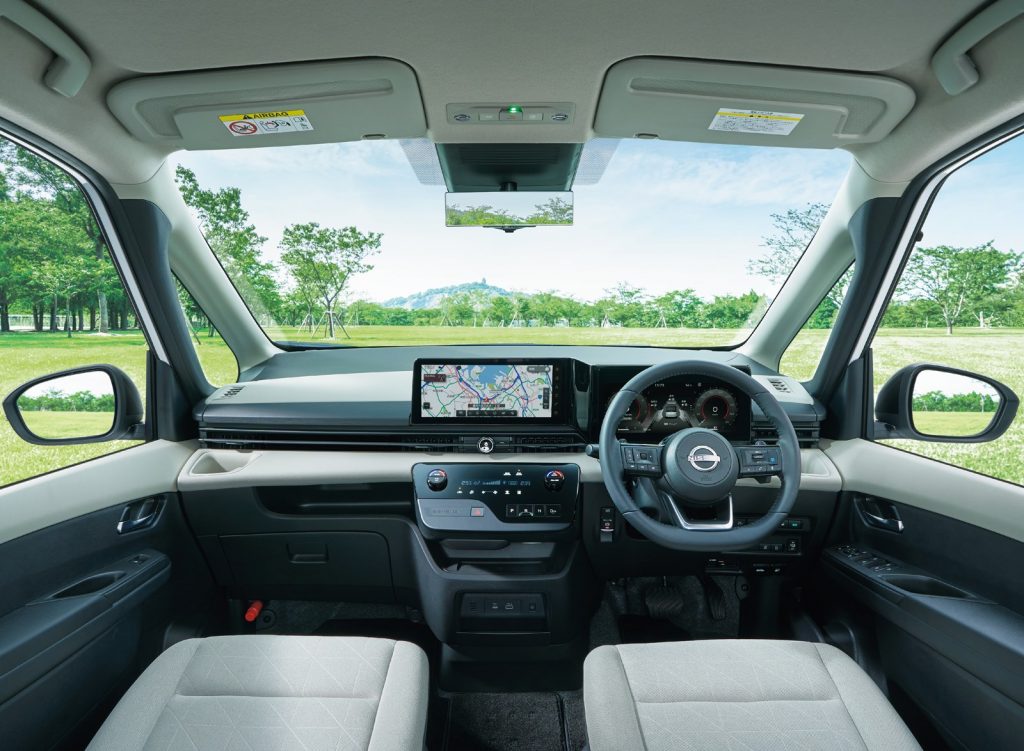
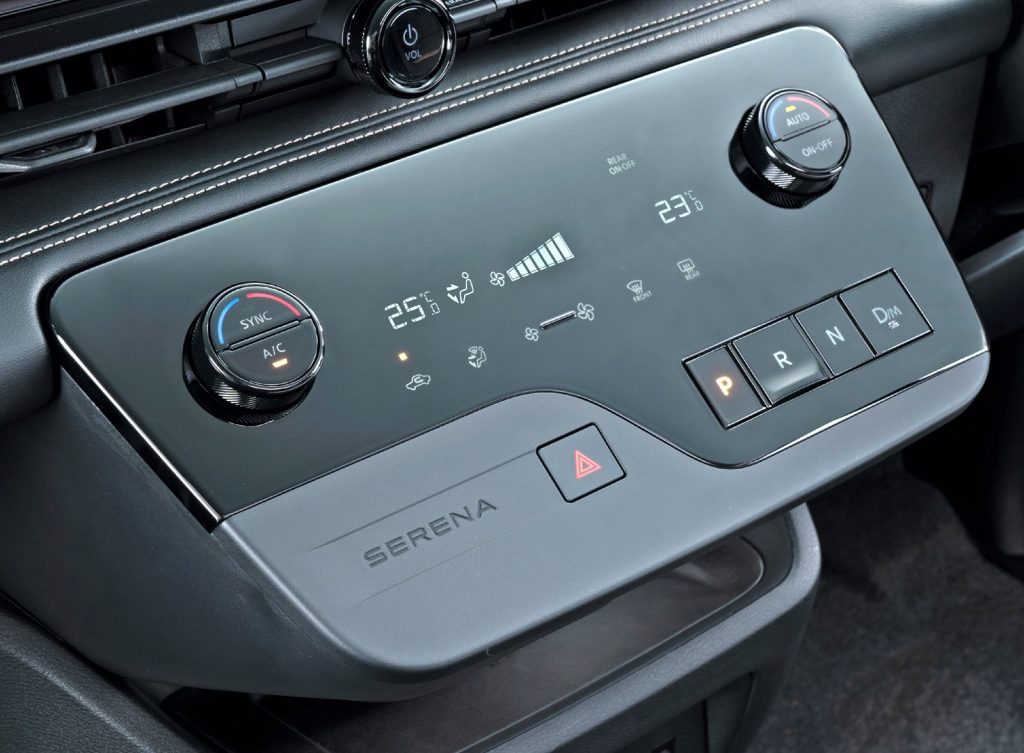
The spacious 3-row cabin has not only the largest windscreen in its class but also large areas of glazing all round. Though the wheelbase has been increased by just 10 mm, the driver of the new Serena has 120 mm more legroom. The second row is designed to be configured for two or three persons while all seats have a material that is water-repellent.
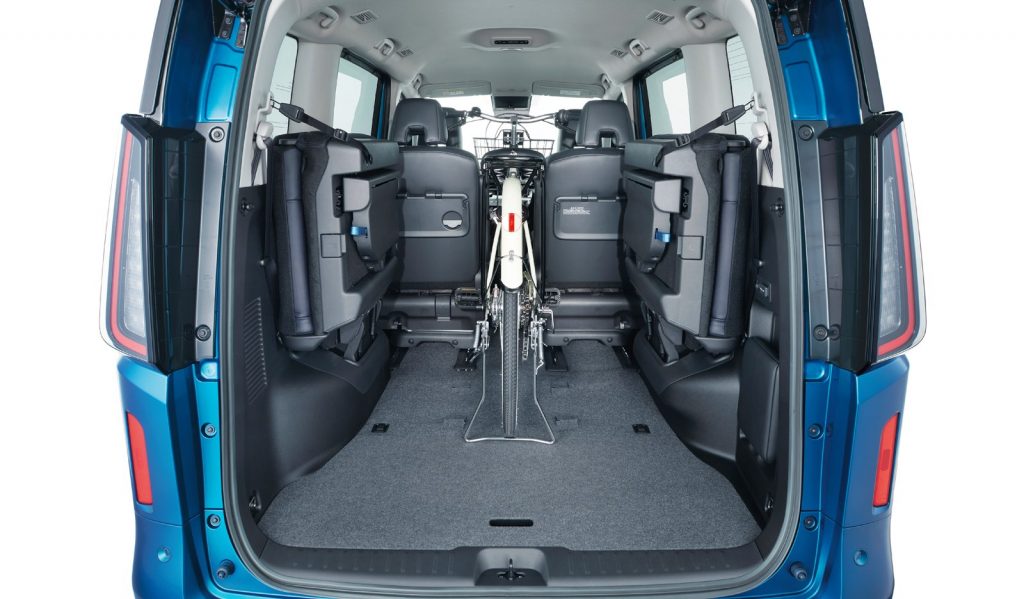
As before, the rear door has two sections for more convenient loading and unloading. For light and small items, just the top half can be raised to drop things in. This will be useful in small parking space. For larger items, the whole top-hinged door can be opened.
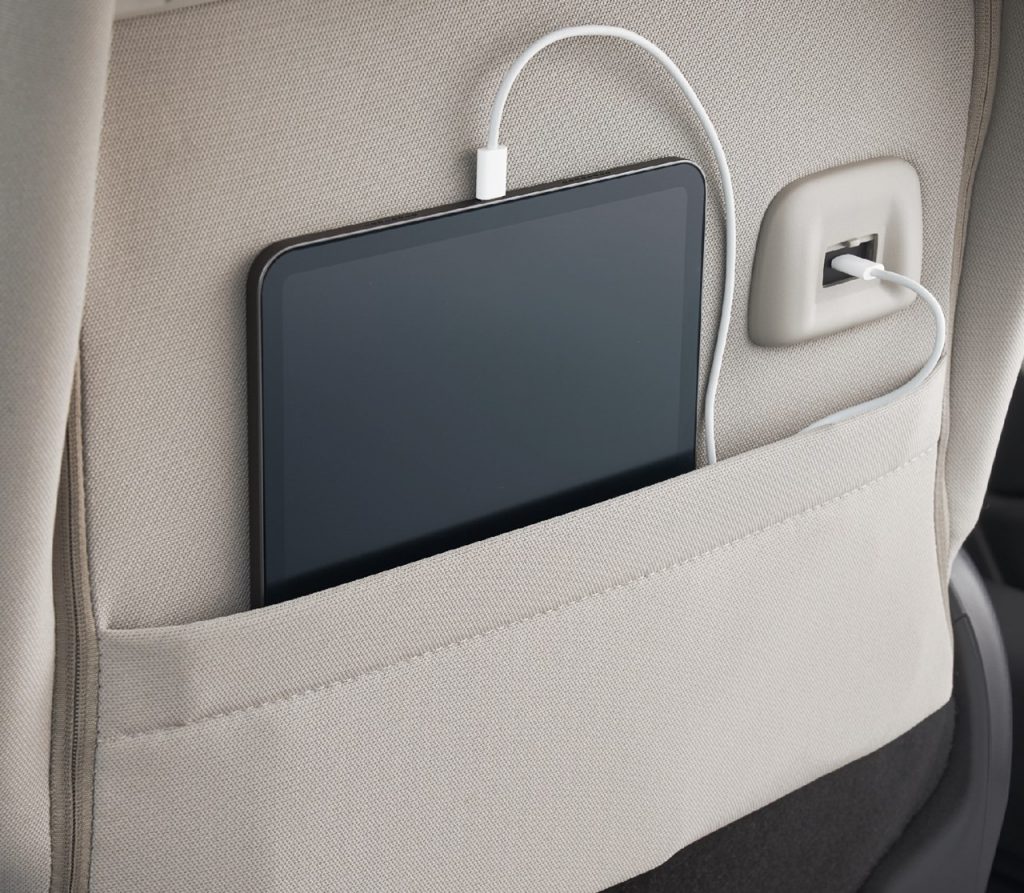
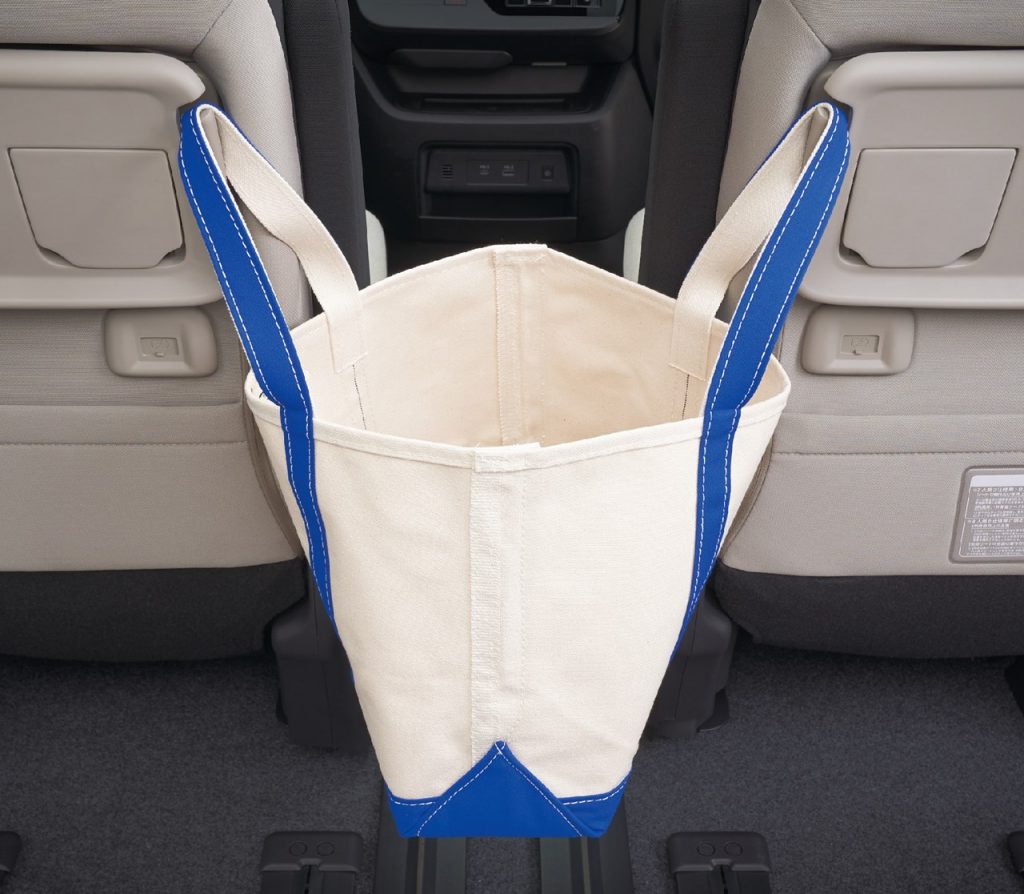
Useful storage pockets have been added for every occupant and besides USB ports, there is also an optional 100V AC power (1500 W) socket for laptops or heavy-duty appliances. The air-conditioning system has a pre-cooling feature, with independent controls for the driver’s seat, passenger seat and rear seats.
